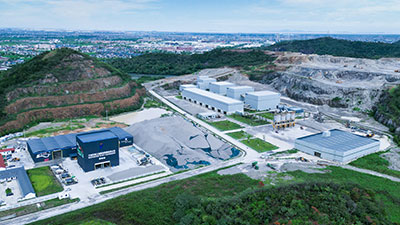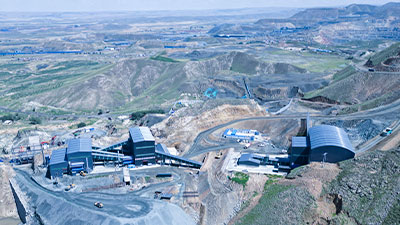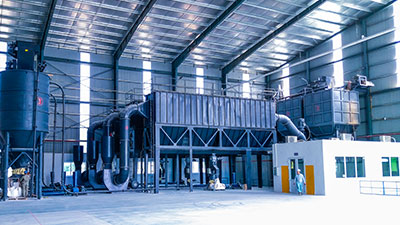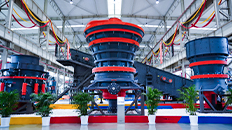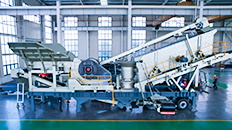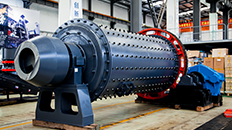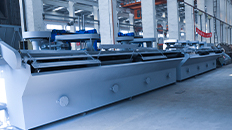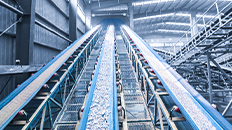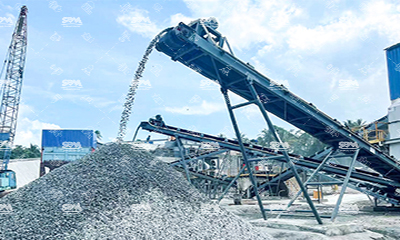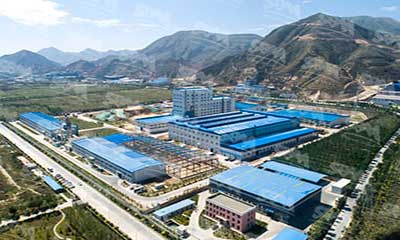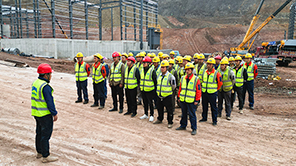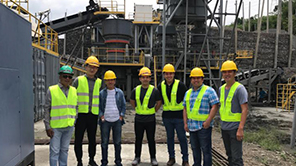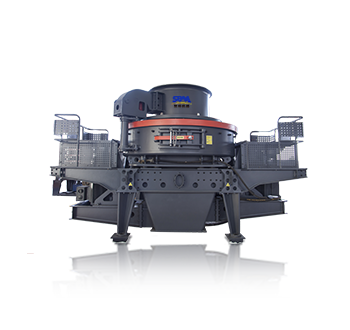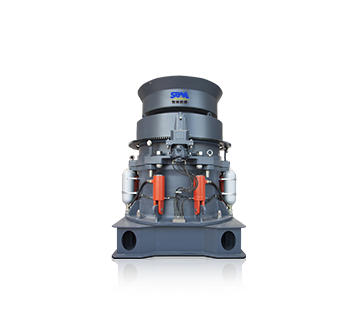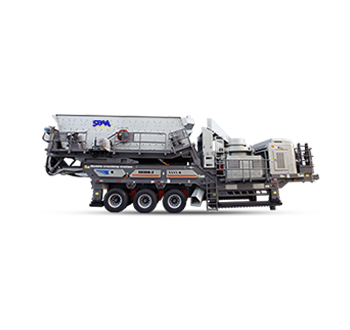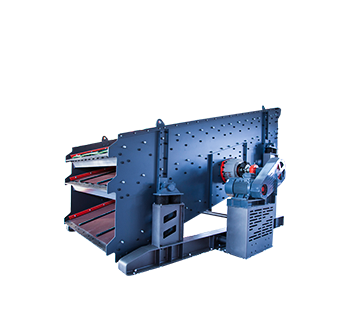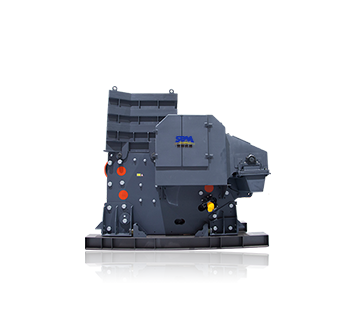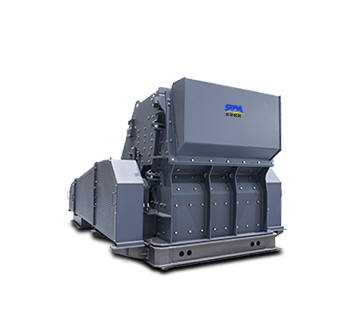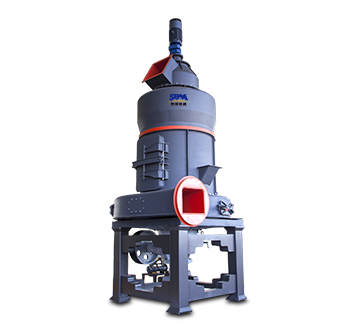Summary:Explore key differences between cone crushers & hammer crushers: working principles, applications, performance, and how to choose the right one for your needs.
In the field of mineral processing and aggregate production, crushing equipment plays a vital role in reducing raw materials into manageable sizes for further processing. Among the various types of crushers, cone crushers and hammer crushers are widely used due to their efficiency and adaptability to different materials.
Although both are designed to crush materials, cone crushers and hammer crushers operate on fundamentally different principles and are suited to distinct applications.

This article explores the key differences between these two crushers, covering:
- Working Principles
- Structural Components
- Crushing Mechanism
- Material Suitability
- Application Scope
- Performance Comparison
- Maintenance and Operating Costs
- Advantages and Disadvantages
1. Working Principles
1.1 Cone Crusher
A cone crusher operates by compressing rock between a mantle (moving cone) and a concave (fixed liner) inside a crushing chamber. The eccentric rotation of the mantle causes the rock to be crushed through compression, impact, and attrition.
Key Features:
- Compressive crushing: Material is squeezed between two surfaces.
- Eccentric movement: The mantle gyrates, creating a crushing action.
- Adjustable discharge setting: The gap between the mantle and concave can be adjusted to control output size.

1.2 Hammer Crusher
A hammer crusher (or hammer mill) crushes materials by high-speed impact from rotating hammers. The material is fed into the crushing chamber, where it is struck by hammers and shattered against breaker plates or grates.
Key Features:
- Impact crushing: Material is broken by hammer strikes.
- High rotor speed: Typically operates at 1,000–3,000 RPM.
- Grate control: The output size is determined by the spacing of grates at the discharge.

2. Structural Differences
| Feature | Cone Crusher | Hammer Crusher |
|---|---|---|
| Main Components | Mantle, concave, eccentric shaft, frame, transmission device | Rotor with hammers, breaker plates, grate bars, frame, transmission device |
| Crushing Chamber | Conical chamber with a fixed concave and a moving mantle | Rectangular or square chamber with rotor and grate bars |
| Drive Mechanism | Eccentric shaft driven by motor via belt or gear | Rotor driven by motor via belt or gear |
| Material Feeding | Feed enters from the top, crushed by compression | Feed enters from the top, crushed by impact and shearing |
| Discharge Opening | Adjustable discharge opening by adjusting the mantle position | Fixed grate bars control discharge size |
3. Crushing Process and Particle Size Control
3.1 Cone Crusher
- The material is compressed between the mantle and concave, leading to a crushing action that produces a relatively uniform particle size distribution.
- The discharge size can be adjusted by raising or lowering the mantle, which changes the closed-side setting (CSS).
- Produces cubical particles with fewer fines.
- Suitable for producing aggregates with high quality and consistent shape.
3.2 Hammer Crusher
- The material is crushed by impact and shearing forces, resulting in more fines and a less uniform particle shape.
- The output size is controlled by the grate bars or screen size at the bottom.
- Produces more powder and flaky particles.
- Suitable for applications where fines are acceptable or desired.
4. Material Suitability
| Crusher Type | Suitable Materials | Unsuitable Materials |
|---|---|---|
| Cone Crusher | Medium to hard and abrasive materials such as granite, basalt, iron ore, quartz, and other hard rocks | Very soft, sticky, or wet materials that may clog the crushing chamber |
| Hammer Crusher | Soft to medium-hard materials such as coal, limestone, gypsum, shale, and non-abrasive minerals | Very hard, abrasive, or sticky materials that cause excessive wear or clogging |
5. Capacity and Efficiency
5.1 Cone Crusher
- Generally used for medium to large capacity crushing.
- High crushing efficiency due to continuous compression.
- Suitable for producing fine and medium-sized aggregates.
- Typically has lower throughput than hammer crushers of similar size but produces better particle shape and less fines.
5.2 Hammer Crusher
- High capacity for crushing soft materials.
- High reduction ratio in a single stage.
- Efficiency decreases when crushing hard or abrasive materials due to wear.
- Produces more fines and dust.
6. Application Scope
6.1 Cone Crusher Applications
- Best for hard and abrasive materials (granite, basalt, quartz).
- Secondary & tertiary crushing in mining and aggregate plants.
- High-capacity crushing (100–1,000+ TPH).
- Precise size control (ideal for railway ballast, concrete aggregate).
6.2 Hammer Crusher Applications
- Best for soft to medium-hard materials (limestone, coal, gypsum).
- Primary or secondary crushing in cement, mining, and recycling.
- High reduction ratio (up to 20:1).
- Suitable for wet or sticky materials (with proper grate design).
7. Maintenance and Operating Costs
7.1 Cone Crusher Maintenance
- Higher initial cost, but longer wear life for liners.
- Complex maintenance (requires precise alignment).
- Lower energy consumption per ton of output.
7.2 Hammer Crusher Maintenance
- Lower initial cost, but frequent hammer replacement.
- Simple maintenance (hammers and grates are easily replaced).
- Higher energy consumption due to impact forces.
8. Advantages and Disadvantages
8.1 Cone Crusher
✔ Advantages:
- High efficiency for hard materials.
- Consistent product size.
- Lower operating cost in long-term use.
✖ Disadvantages:
- Higher initial investment.
- Not suitable for sticky or wet materials.
- Complex maintenance procedures.
8.2 Hammer Crusher
✔ Advantages:
- High reduction ratio.
- Simple structure, easy maintenance.
- Good for soft and brittle materials.
✖ Disadvantages:
- High wear rate (frequent part replacement).
- Produces more fines and dust.
- Higher energy consumption.
9. Selection Considerations
When choosing between a cone crusher and a hammer crusher, consider the following factors:
| Factor | Considerations for Cone Crusher | Considerations for Hammer Crusher |
|---|---|---|
| Material Hardness | Best for medium to very hard materials | Best for soft to medium-hard materials |
| Feed Size | Handles larger feed sizes | Handles smaller feed sizes |
| Output Size | Produces uniform, cubical particles | Produces more fines and irregular particles |
| Capacity | Suitable for high-capacity crushing | Suitable for moderate to high capacity with softer materials |
| Moisture Content | Not suitable for sticky or wet materials | Can handle higher moisture content |
| Wear and Maintenance | Lower wear rate, higher maintenance cost | Higher wear rate, lower maintenance cost |
| Investment Cost | Higher initial investment | Lower initial investment |
| Application Type | Mining, quarrying, aggregate production | Power plants, cement plants, recycling |
10. Summary Table
| Feature | Cone Crusher | Hammer Crusher |
|---|---|---|
| Crushing Principle | Compression | Impact |
| Suitable Material Hardness | Medium to hard | Soft to medium-hard |
| Feed Size | Large | Medium to small |
| Output Particle Shape | Cubical | Irregular |
| Reduction Ratio | Moderate (4-6:1) | High (up to 20:1) |
| Capacity | Medium to high | Medium to high (soft materials) |
| Wear Parts Life | Longer | Shorter |
| Maintenance Frequency | Lower | Higher |
| Initial Cost | Higher | Lower |
| Moisture Handling | Poor | Good |
| Typical Applications | Mining, aggregate production | Power plants, cement, recycling |
Cone crusher and hammer crusher serve distinct roles in the crushing process and are optimized for different materials and applications. The cone crusher, with its compression crushing mechanism, excels in handling hard, abrasive materials producing uniform, cubical aggregates with less fines. It is preferred in mining and high-quality aggregate production where particle shape and size control are critical.
On the other hand, the hammer crusher utilizes impact forces to crush softer materials efficiently and with a high reduction ratio. It is simpler, less expensive, and better suited for applications with softer, less abrasive materials or where moisture content is higher.
Understanding these differences ensures optimal crusher selection for specific industrial applications.

